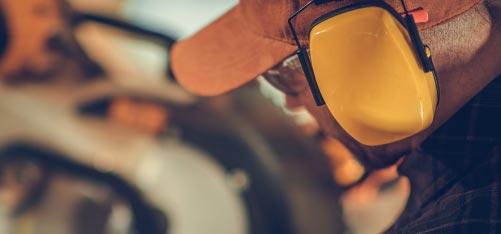Program Goals
- Preserving the patient’s life
- Preventing complications
At the end of the program, participants will be able to:
- Implementing the general rules and procedures followed during the provision of first aid for sick cases and emergency injuries, and how to prevent pollution and infection for the paramedic and the injured.
- Identify vital signs and how they compare with normal measurements.
- Identifying some of the most important members of the human body and their functions.
- Apply the necessary steps to aid the unconscious victim, and apply resuscitation steps.
- Implementation of safety posture steps.
- Apply the necessary steps to remove a foreign body from the airway.
- Recognize the concept, causes and symptoms of shock, and apply the necessary steps to aid a traumatized person.
- Identifying wounds and their types, and applying the necessary steps to deal with them.
- Apply the necessary steps to control nosebleeds.
- Learn about tetanus and how to prevent it.
- Identifying the most common heart disorders; angina pectoris and heart attack, and applying the necessary steps to treat them.
- Identifying the concept of drowning and how to prevent it, and applying the necessary steps to rescue the drowned.
- Identifying burns, their types, degrees, percentage and severity, and applying the necessary steps to rescue thermal, chemical, and electrical burns.
- Identifying the different types of fractures, and applying the basic steps to help them, including fractures of the various upper and lower extremities.
- Identifying joint injuries, their nature and causes, and applying the necessary steps to treat them.
- Identifying the types of head injuries, and how to distinguish between them according to the causes and symptoms, and applying the necessary steps to deal with them.
- Identifying spinal and spinal cord injuries, their causes and symptoms, and applying the necessary steps to deal with them.
- Identifying the concept of poisoning, its types and symptoms, and applying the necessary steps to deal with each type of food, chemical, and gas poisoning, stings, bites, and animal bites.
- Identifying a seizure caused by high body temperature, and applying the necessary steps to help it.
- Identifying seizures resulting from epilepsy and its symptoms, and applying the necessary steps to deal with it.
- Identifying the concept and symptoms of heat stroke, applying the necessary steps to help it, and how to prevent it.
Evaluation Strategy
- 1. The short lecture.
- 2. Discussion and dialogue.
- 3. Training bag.
- 4. Cooperative learning, active learning and accelerated learning.
- 5. .fish bone.
- 6. Practical applications, workshops and demonstration.
Course Details
The concept of safety procedures in dealing with first aid, rules and principles, how to prevent contamination and infection
The concept of first aid, the contents of the first aid box
Principles and principles of first aid
The concept of pollution and infection, and how to prevent pollution and infectious diseases
Vital signs, human body
The concept of safety measures in dealing with vital signs, the human body & – unconsciousness, resuscitation, safety position and a foreign body in the airway
The most important vital signs and their rates, and how to measure them
Respiratory system
Circulatory system
The concept of loss of consciousness and its causes
Steps to deal with the unconscious
Steps to resuscitate the injured, and the differences between resuscitation of adults and children
Types of airway closures and how to distinguish between them according to symptoms
Ambulance for an adult patient who has suffocated by a foreign body in the airway
Ambulance for a child who has choking on a foreign body in the airway
Ambulance for an infant with suffocation with a foreign body in the airway
The concept of safety procedures in dealing with wounds, bleeding, nosebleeds, tetanus,
The concept and types of wounds
Methods to stop the bleeding
Wound care steps
Abdominal and chest injuries
Nosebleed relief
Tetanus disease, its cause, symptoms, and ways to prevent it
The concept of safety measures in dealing with heart disorders, angina pectoris, heart attack, burns
Angina pectoris and steps to deal with it
Heart attack and steps to deal with it
The concept of burning, its types, and its severity
Determining the degree of burning and its proportion
First aid for thermal burns
First aid for chemical burns
First aid for electrical burns
The concept of safety procedures in dealing with fracture, its causes, types, principles of aid, fractures of the upper extremities, fractures of the lower extremities, joint injuries
The concept of fracture, its causes, types, and symptoms
Basic steps in first aid fractures
Humerus Fracture Aid, Forearm and Wrist Fracture Aid, Hand and Finger Fracture Aid
Thigh Fracture Relief – Leg Fracture Relief – Foot and Toe Fracture Relief
The concept of joint injuries – the concept of joint rupture, its symptoms, and the method of aid – the concept of joint dislocation, its symptoms, and the method of first aid
Injury to the elbow joint, its symptoms, and the method of first aid
The concept of safety procedures in dealing




Reviews
There are no reviews yet.